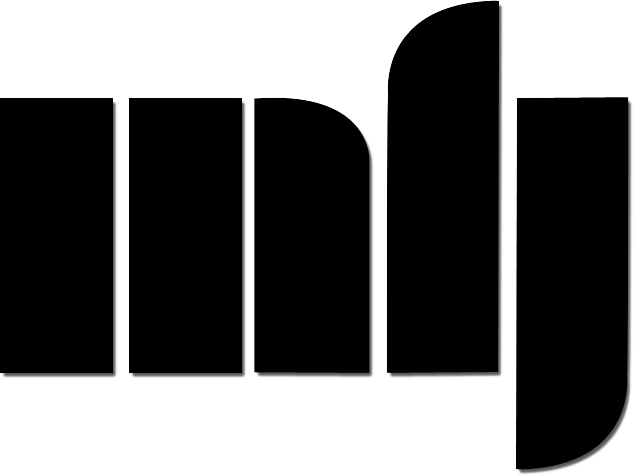Loading cart contents...
Supplements for Issue 74 "Fact / Artifact"
Here is a list of notes and supplements for pieces published in this issue, in the order content was published in the journal.
Madison Brookshire “Anal Shah: Ethics, Imagination, and the Museum of Memories”- Notes and Citations
- Deleuze, Cinema 2, trans. Hugh Tomlinson (University of Minnesota Press: Minneapolis, 1989), xii.
- Benedict de Spinoza, The Ethics, trans. R. H. M. Elwes, II, Prop XVII, Note, https://www.gutenberg.org/files/3800/3800-h/3800-h.htm
Cf. Gilles Deleuze and Felix Guattari, A Thousand Plateaus, “Introduction: Rhizome” trans. Brian Masumi (University of Minnesota Press: Minneapolis, 1987), 4. - Conversation with the author, October 25, 2020.
- Gilles Deleuze, Spinoza, Practical Philosophy, trans. Robert Hurley (City Lights: San Francisco, 1988), 123.
- Deleuze, Spinoza, 123.
- Deleuze, Spinoza, 125-6.
- Benjamin, Walter, (2007) Illuminations
- Foster, Hal (2020) What Comes After Farce
- Gustafsson, Henrik (2019) Crime Scenery in Postwar Film and Photography
- Weizman, Eyal (2017) Forensic Architecture
- Weizman, Eyal (2011) The Least of All Possible Evils: Humanitarian Violence from Arendt to Gaza
- Wollen, Peter (1982) Readings and Writings: Semiotic counter-Strategies
CONVERSATIONS
- Karissa Hahn, “Letter to Christine Lucy Latimer,” in Christine Lucy Latimer: Media Archaeologist, ed. Mike Hoolboom (Toronto/Ottawa: Conversalon/Canadian Film Institute, 2019), 23.
- It is also worth mentioning Jesse England’s “Inkjet Printed Film Process,” a text released in 2006 documenting how to print video frames onto transparent film for Super 8 or 16mm projection. See: http://www.jesseengland.net/project/inkjet-printed-film-process/
REVIEWS
- Joseph Beuys’s WWII story of survival features Tartar tribesmen who saved his life after his military plane crashed in the Crimea, and who wrapped his wounded body in fat and felt.
- Benjamin Buchloh, “Beuys: The Twilight of the Idol” Artforum, January 1980, pp. 35-40.
- Irit Rogoff, “The Aesthetics of Post-History: A German Perspective,” in Joseph Beuys: The Reader, edited by Claudia Mesch & Viola Michely (Cambridge: MIT Press, 2007) pp 270 -283.
- Ibid., p 271
- Ibid., p 273
- Masha Matzke, “Avant Garde Film Restoration and Preservation” Festival de Sevilla, November 5-13, 2020. On this recorded talk Matzke describes the process of preservation of Dore O.’s films and discusses the challenges of color restoration. http://festivalcinesevilla.eu/en/news/avant-garde-film-restoration-and-preservation.
- Some ‘68 political filmmakers further objected, seeing the use of New American Cinema styles as an appropriation of the visual productions of imperialist America.
- Dore O. along with her husband Werner Nekes were among the co-founders of the Hamburg Filmmakers’ Coop in 1968. Both traveled internationally to discuss and show their films.
- Ibid., Masha Matzke reports that many of the original prints and source materials of O.’s works were lost or damaged so that recreating the colors of the films was difficult or impossible.
- The represented people in some ways recall Tartars because of similar aspects in their regional costumes.
- “Rubble Films” refers to a type of filmmaking after World War II in which bombed European cities, such as Berlin, were used as settings to tell their stories. At the time of Dore O.’s Kaladon (1971), older members of the German audience could also remember the rubble-strewn locations as a lived experience.
- Latour, B. (2000) “’Circulating Reference’,” in Latour, B. (ed.) Pandora’s hope: essays on the reality of science studies. United States of America: Harvard University Press, pp. 24-79.
- Rinland, J.S. 2021. “The Society” and “A Replica of Conservation” – the Books of Jessica Sarah Rinland on Notebook | MUBI. [ONLINE] Available at: https://mubi.com/notebook/posts/the-society-and-a-replica-of-conservation-the-books-of-jessica-sarah-rinland. [Accessed 08 May 2021].
- Christoph Janetzko’s films are available here.
- Some of the materials in this paper were provided by the artists.
